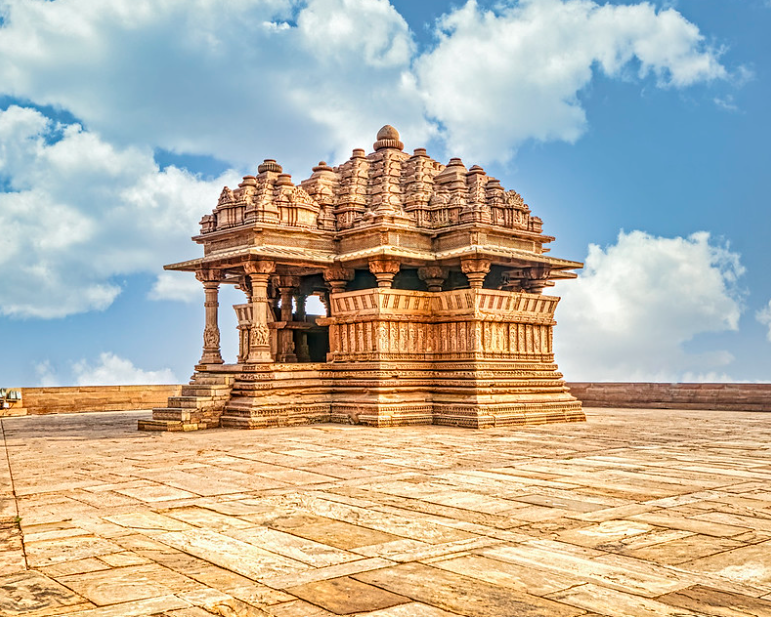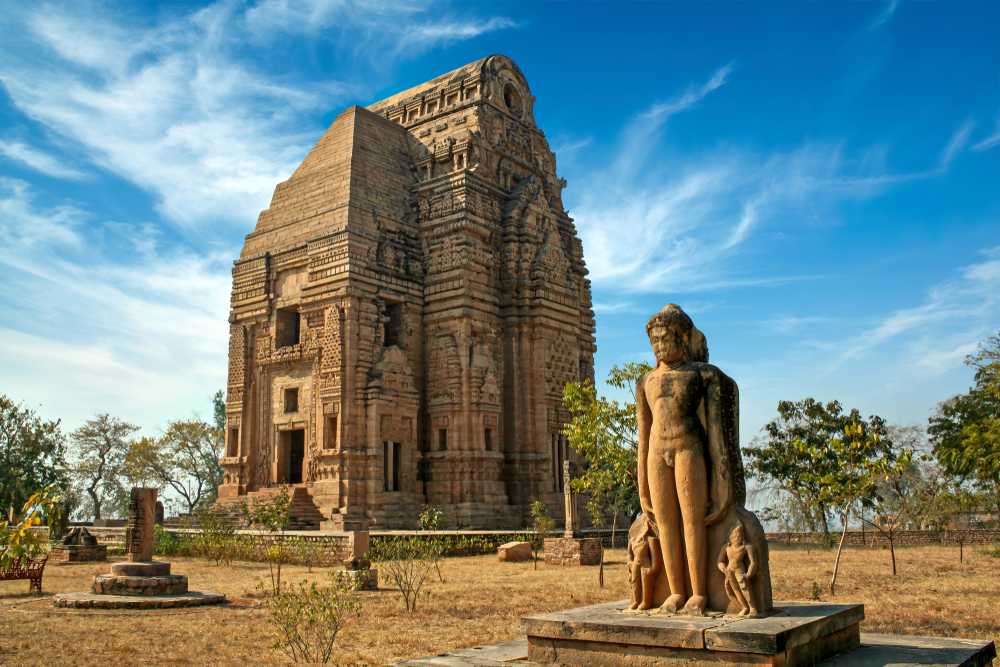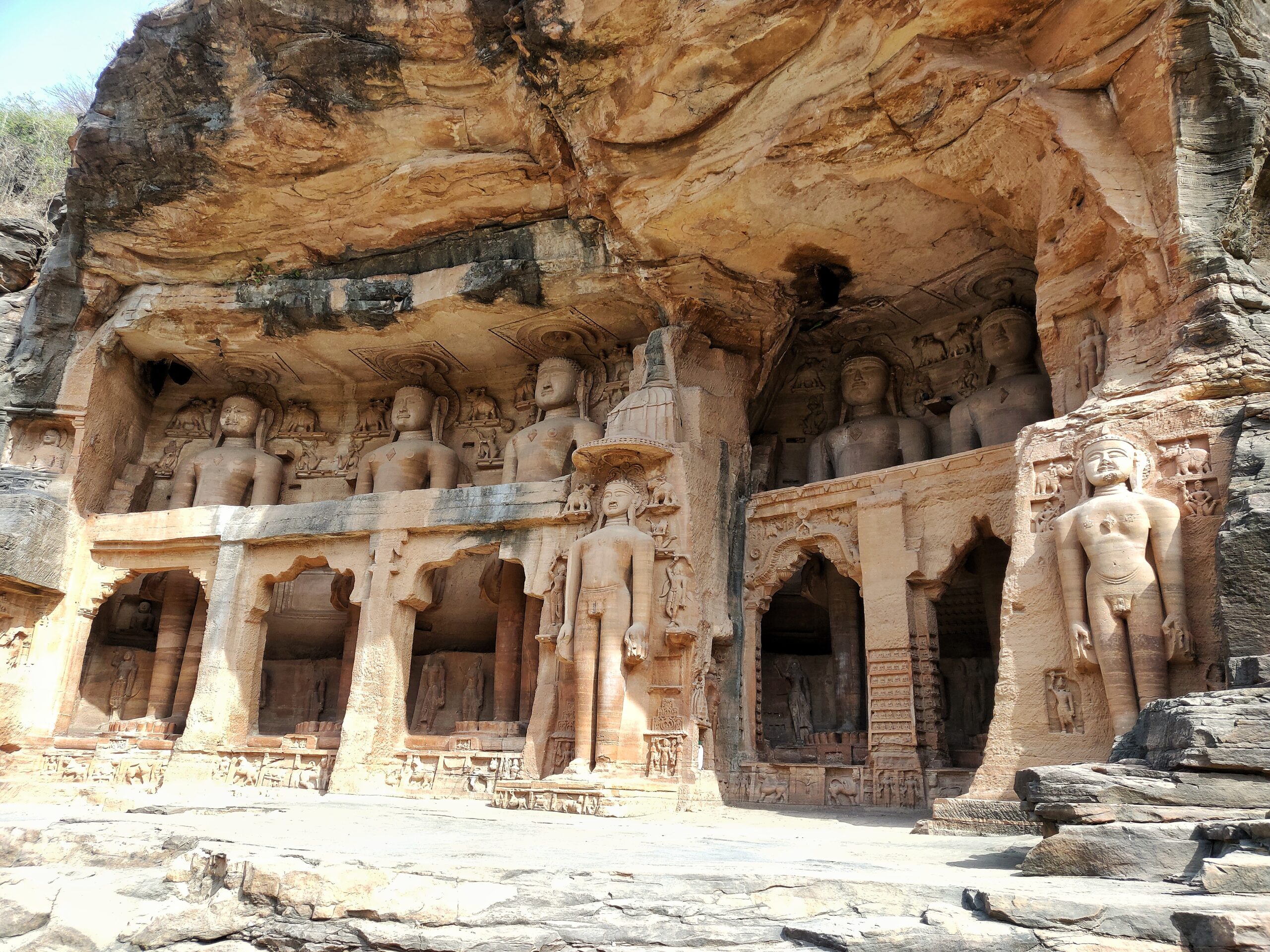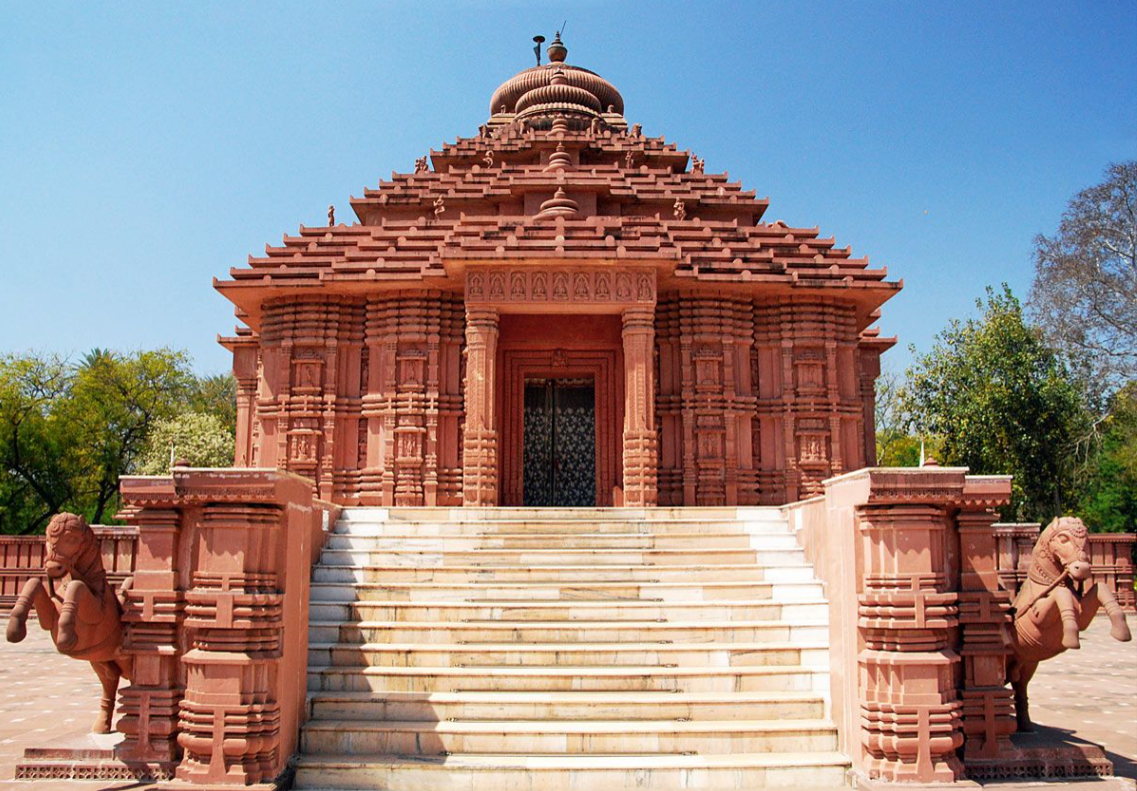Gwalior, a city steeped in history and culture, is home to a plethora of temples that showcase the rich religious heritage of the region. From ancient structures with intricate architecture to more contemporary places of worship, Gwalior offers a diverse range of spiritual experiences for locals and tourists alike. In this article, we will take you on a step-by-step journey through some of the most prominent temples in Gwalior, shedding light on their historical significance and architectural marvels.
Begin with the Iconic Sas Bahu Temples

Our journey commences with the Sas Bahu Temples, a striking example of ancient Indian architecture. Located near the Gwalior Fort, these temples are dedicated to Lord Vishnu and are adorned with exquisite carvings. The name “Sas Bahu” translates to “Mother-in-law and Daughter-in-law,” symbolizing the two interconnected temples on the same premises. Marvel at the intricate artwork that graces the walls of these temples, showcasing the artistic prowess of the craftsmen of that era.
Immerse Yourself in Spirituality at Teli Ka Mandir

Next on our spiritual itinerary is the Teli Ka Mandir, a grand structure dedicated to Lord Vishnu. Standing tall within the Gwalior Fort complex, this temple is characterized by its unique blend of architectural styles, combining elements of Dravidian, Nagara, and Indo-Aryan designs. The towering shikhara (spire) and the intricately carved entrance make Teli Ka Mandir a must-visit for anyone interested in exploring the religious and architectural heritage of Gwalior.
Witness History at Gopachal Parvat

As we move forward in our exploration, Gopachal Parvat comes into view. Known for its ancient Jain sculptures and rock-cut idols, this site is a testament to the city’s religious diversity. The rock-cut statues, some dating back to the 7th century, showcase the artistic brilliance of the Jain community. The panoramic view from Gopachal Parvat also provides a unique perspective of the city and its surrounding landscapes.
Seek Blessings at the Sun Temple

Our journey takes us to the Sun Temple, dedicated to the solar deity Surya. This modern temple, situated on the outskirts of Gwalior, is adorned with intricate carvings and sculptures. The temple’s architecture, inspired by the renowned Konark Sun Temple in Odisha, pays homage to the sun god. Visitors can bask in the tranquility of the surroundings and witness the stunning sunset, making it a serene and spiritual experience.
Frequently Asked Questions (FAQs):
Q1: What is the best time to visit Gwalior’s temples?
A1: The best time to visit Gwalior’s temples is during the winter months, from October to March, when the weather is pleasant for sightseeing and exploration.
Q2: Are there any entry fees for the temples in Gwalior?
A2: Most of the temples in Gwalior do not charge an entry fee. However, some historical sites within temple complexes may have a nominal fee for maintenance purposes.
Q3: Can tourists hire guides for temple tours in Gwalior?
A3: Yes, tourists can hire local guides who are well-versed in the history and significance of the temples in Gwalior. This can enhance the overall experience and provide valuable insights.
Q4: Are there any festivals celebrated at Gwalior’s temples?
A4: Yes, several festivals are celebrated at Gwalior’s temples, including Diwali, Holi, and Janmashtami. These festivals bring a vibrant and festive atmosphere to the city’s religious sites.
Q5: Is photography allowed inside the temples?
A5: Photography policies vary from temple to temple. While some temples may allow photography without restrictions, others may have specific guidelines or restrictions to preserve the sanctity of the religious space. It’s advisable to check with the temple authorities before capturing images.
